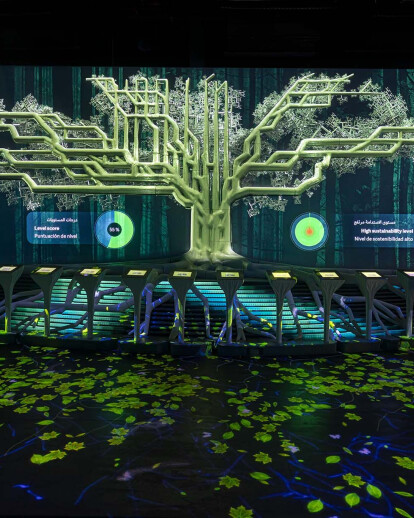Following the motto "Intelligence for life", the joint venture created by international architecture studio External Reference and Onionlab, a multidisciplinary studio that directs and produces international audiovisual installations and exhibitions, both based in Barcelona, results in the exhibition design for the Spain Pavilion at Expo Dubai 2020, organized and coordinated by Acción Cultural Española (AC/E) , which runs from 1 October 2021 until 21 March 2022 in Dubai.
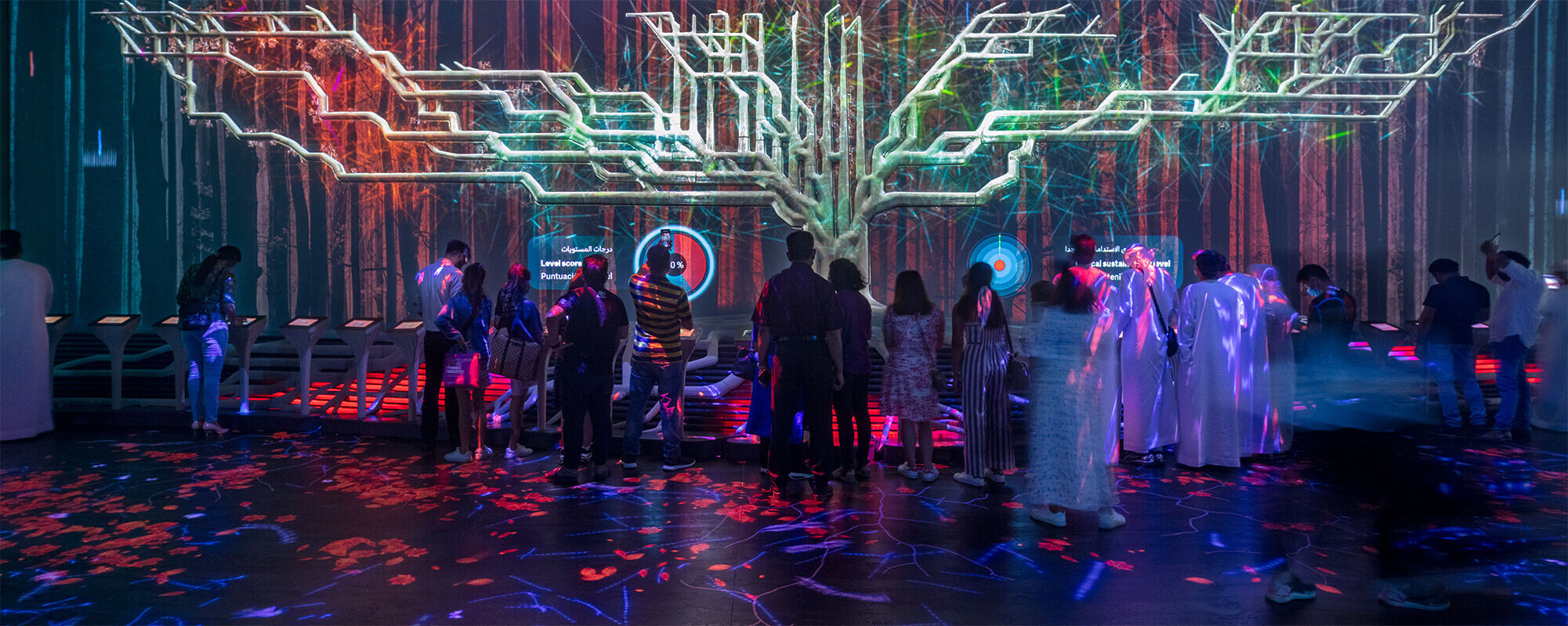
A stunning mix of design, art, and technology allows for interactivity to be at the heart of the pavilion. In the words of Aleix Fernandez, founder of Onionlab: “We have utilised an array of cutting edge technologies to create an immersive exhibition journey to feature Spanish public and private projects that support sustainable development.”

The project is dedicated to sustainability and collective intelligence: “Thanks to learned and shared knowledge, it is possible to act as collective intelligence and save the planet through adopting and adapting more sustainable lives and businesses,” Carmelo Zappulla, founder and director of External Reference, summarizes while explaining the thought process behind the Pavilion. Hence the title: "Intelligence for life".

The building of the Spain Pavilion, for which External Reference and Onionlab have developed the exhibition route, is designed by the architecture studio Amman, Cánovas & Maruri (Extreme Temperatures) and located in the Sustainability District. Instantly eye catching due to its series of prominent truncated cones that rise up above the landscape and evoke the feel of a traditional town square, the Pavilion is constructed from reusable materials including wood, iron and fabric, the conical shape aids an increase in air flow therefore modulating the temperature of the public space and providing an eco-friendly way for visitors to keep cool. Two of the cones consist of two floors to make up the Pavilion itself, with the underground positioning of its exhibition area also helping to naturally reduce temperatures. Both the Pavilion and the exhibition within it have been built using the principles of the circular economy in that all of its material can be recycled or else used entirely or disassembled for use elsewhere.

The exhibition route starts at the ground floor level which consists of a cluster of open plazas where a series of installations take place. The latter details some of the most relevant contributions of Spanish culture to the world and highlights Spain’s relationship with Arab culture. Visitors will be offered a tour of some of Spain’s cultural milestones, from the Hispano-Arabic legacy of chess and the Spanish overseas expeditions to the importance of Spanish as global language, passing through the heritage of Arabic architecture in Spain and the pioneering work of the Nobel Prize neurologist Ramón y Cajal. While the ground floor of the exhibition space has a more analogue and mechanical approach, the lower floor will be a triumph for cutting edge technologies.
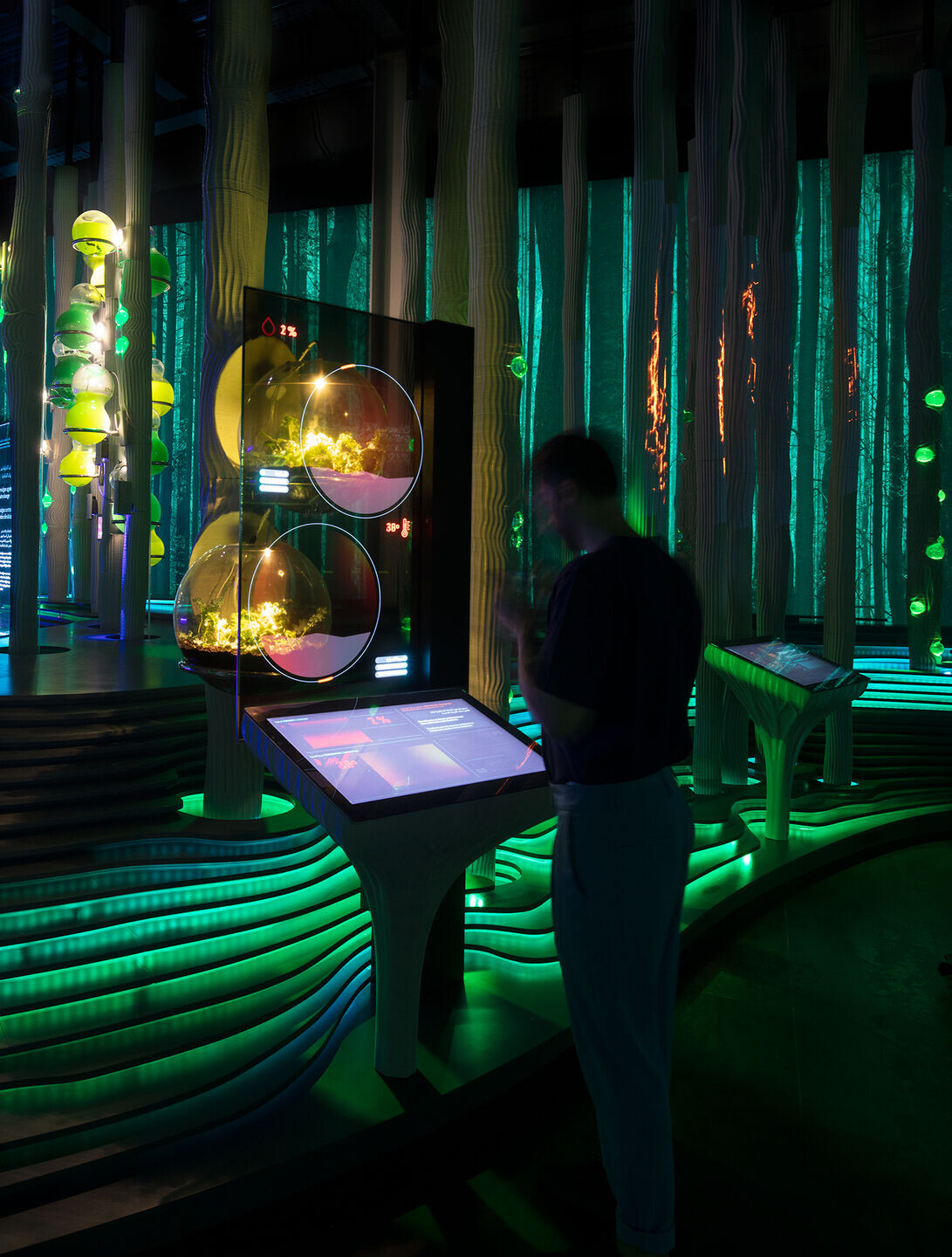
On this lower floor is the Bosque de la Inteligencia, (the Intelligence Forest), an artificial 3D printed forest that immerses visitors in an extraordinary world where digital and physical dimensions produce unique experiences. The trees are built from sustainable bioplastic polymer made with corn dextrose (sugar), mixed with pure.tech, a natural mineral compound that is able to capture and mineralize some of the main greenhouse gases and pollutants in our planet’s atmosphere, including CO2, nitrogen oxides (NOx) and volatile organic compounds (VOC). This fabricated techno landscape is capable of producing oxygen and food through photosynthesis thanks to a series of photo-bioreactors containing microalgae, such as spirulina and chlorella, that have been designed for the Pavilion. These micro-algae increase oxygen levels, reduce global warming and can prevent the future consequences of climate change as well as producing more oxygen than other plants and are used for the production of biofuels and protein-rich foods. The Bosque is a metaphorical space that uses interactive resources to engage with visitors and force them to consider the impact their own actions have on society as a whole and therefore on the environment and especially the unique biodiversity experienced in Spain.
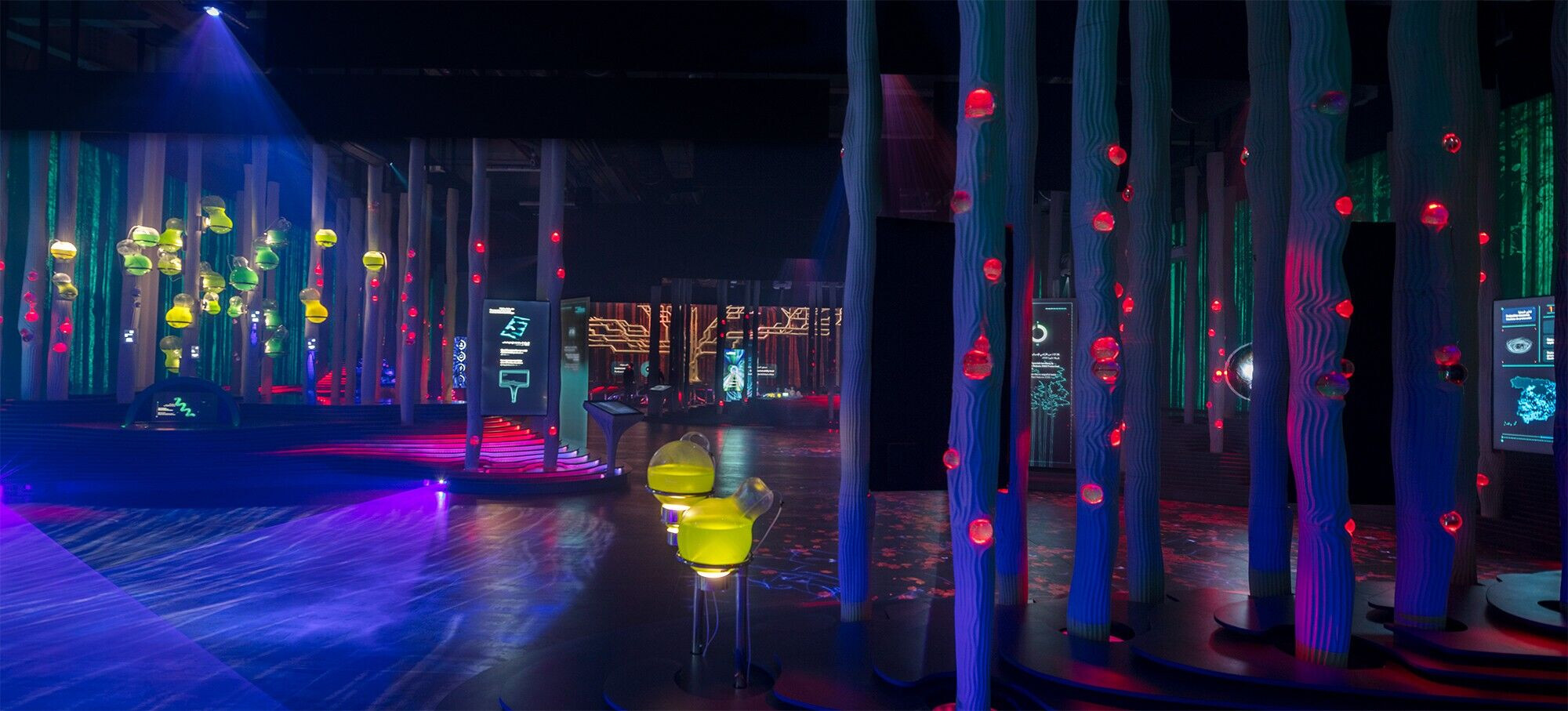
The Bosque shows projects, both public and private, that are working in favor of sustainable development, highlighting the abundance of initiatives undertaken by Spain to preserve and protect its forests, oceans, and seas. Additionally it flags the solutions for controlling crops using software and alternative energy projects such as the MIDES project (Aqualia) desalination plant, thermosolar technology or Iberdrola's green hydrogen plant in Puertollano, the largest in Europe. Experts predict that green hydrogen will be a key energy in the future.
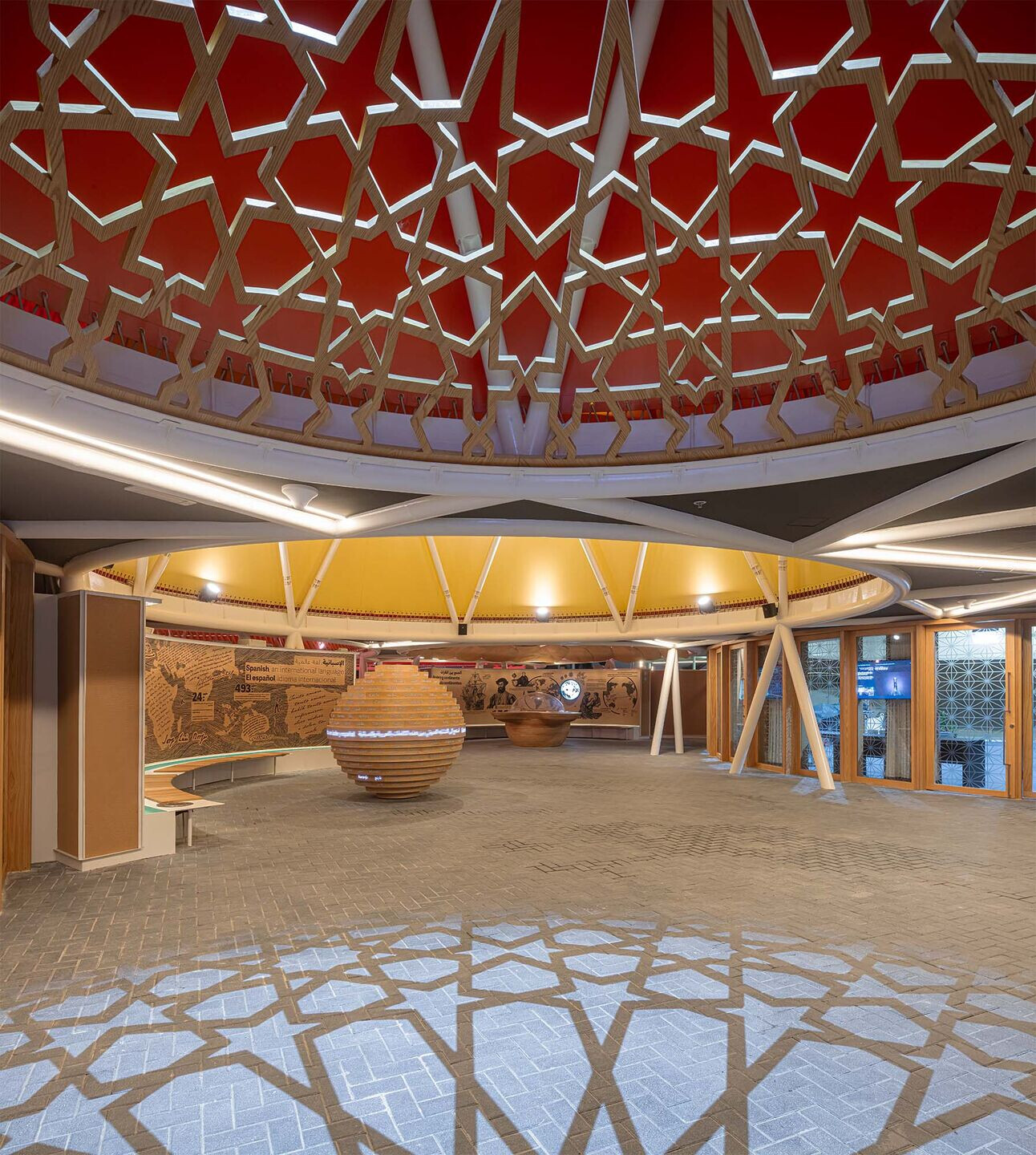
At the final section of the Bosque, is the Tree of Balance: the interactive heart of both the Pavilion and the exhibition space. It takes the shape of a tree that will be projected over the entire rear wall of the Pavilion, collecting all of the visitors’ interactions and knowledge within the forest. Answering questions about their consumption habits, either through the app or a battery of 30 interactive screens, visitors will view the tree physically react positively or negatively to their responses, releasing a blue or red drop depending on their answers. The total of all of the drops will determine if the tree becomes green and leafy or whether it loses its foliage and dries out thus confronting the visitors with a very visual outcome stemming from their sustainability habits and allows them to discover more about Spain and its sustainability initiatives. The Spanish Pavilion works as a shared intelligence with the "tree of balance" the physical representation of this.
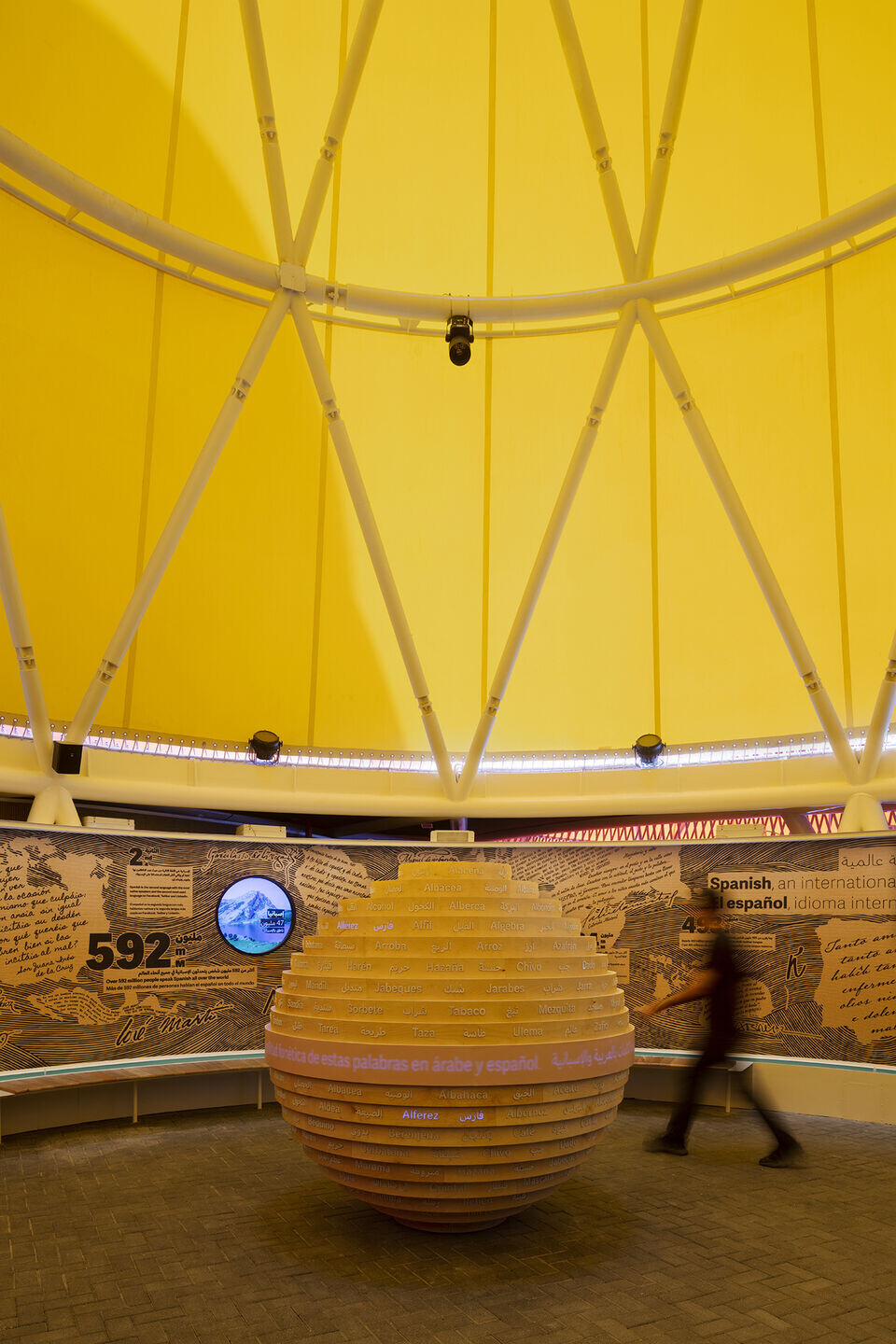
Running throughout the two floors will be various technologies including 3D projection mapping; models; infographics; animated graphics; audiovisual pieces; interactive screens and installations; holograms; installations with LED strips; backlit murals; and numerous other informative technology, the visitor will be immersed in the experience at all times. All of this is further underpinned by an interactive and interdisciplinary downloadable mobile app designed by External Reference and Onionlab and produced by The Others to transform the visitor experience far beyond the four walls of the Spain Pavilion itself. Featuring an augmented reality section, the app will be tailored to the separate sections of the exhibition allowing many otherwise impossible components to come to life, for example the discovery of protected Spanish animals such as the Iberian lynx; the bearded vulture; the brown bear; or the Mediterranean turtle that will appear as if in the Pavilion itself. The exhibition tour of the Spain Pavilion ends with an exit ramp that highlights the virtues of quality of life in Spain, allowing the visitor to further immerse themselves in Spanish culture with the support of nine vertical video screens showing a representation of Spanish citizens of all ages, sexes and diversities.
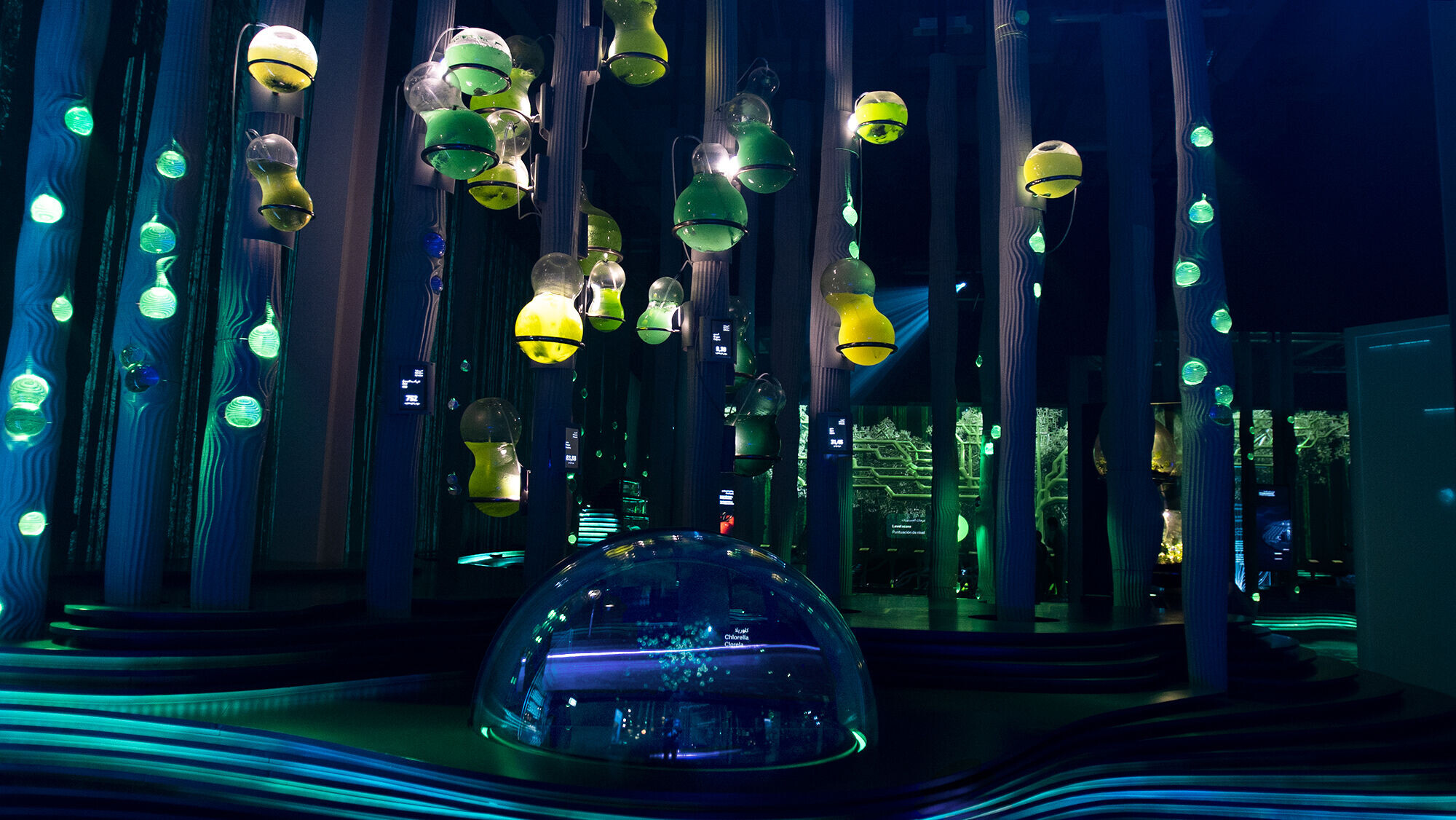
Working at the intersection of art, design and technology, and following the “Intelligence for life” motto, both External Reference and Onionlab have sought to flag the wealth of the Spanish legacy, science, biodiversity and, in particular, the practices and business initiatives achieved through innovations in sustainability and circular economy. The Spain Pavilion embodies the overarching themes of Expo 2020 with a focus on connecting minds, building the future, and the sustainability of the planet. It is an unparalleled showcase highlighting the relevance of Spain within all of these areas as well as an unmissable destination for Expo 2020 visitors.
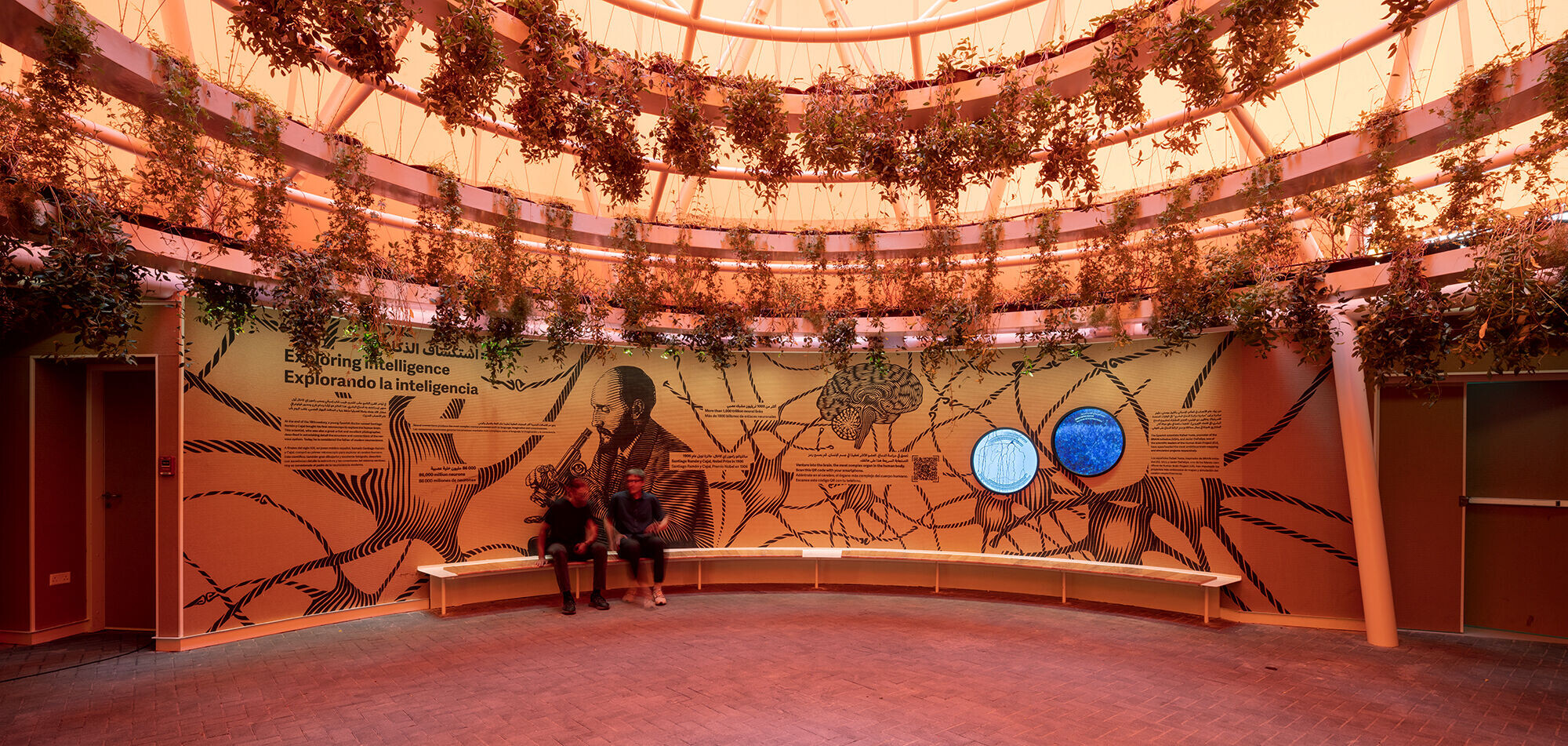
In their creation of the Spain Pavilion’s exhibition space, External Reference and Onionlab have created an unforgettable participatory, playful and educational experience allowing for a greater understanding of Spain and its inhabitants. The consistent outlining of Spain’s innovative sustainability practices reminds the visitor of the importance of meeting current needs without compromising the needs of future generations to come.
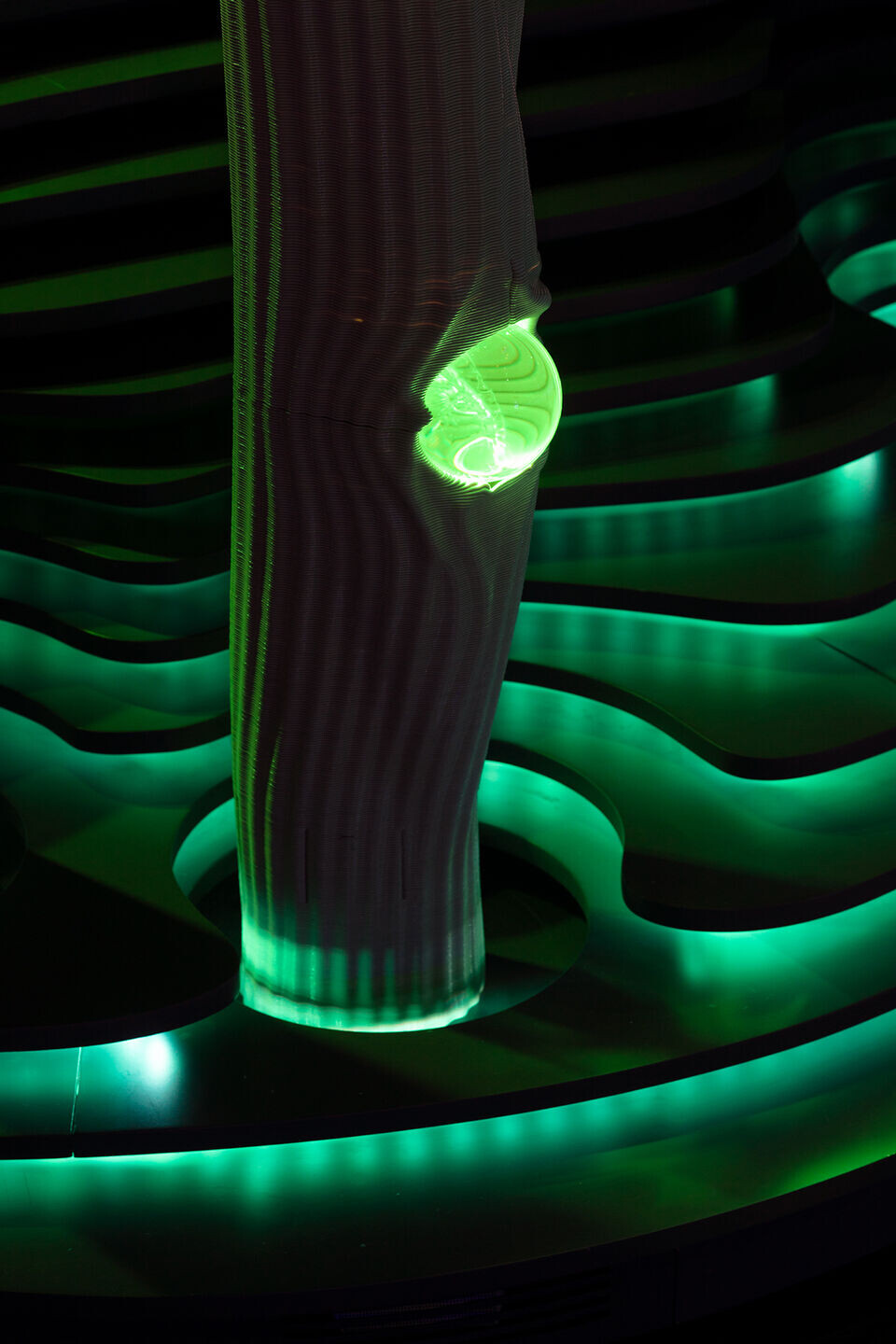
External Reference and Onionlab have also collaborated on an additional project at Expo Dubai 2020 - the installation of MENASA – Crafts & Design Emirati Platform, a new program showcasing more than 40 local and international designers and artists. Carmelo Zappulla, founder and director of External Reference has partnered with local UAE couture designer Rami Al Ali to create an impressive 13-metre window display, that merges 3D printing with local crafts. Onionlab has overseen the creation of over 40 audiovisual pieces that define the audiovisual branding of the space and and portray, through different small works, the eight collaborations between local and international artisans and designers that result in the exclusive products displayed and on sale at the store. Onionlab has also created a documentary and 25 short films that document the other designers presenting pieces at MENASA.

